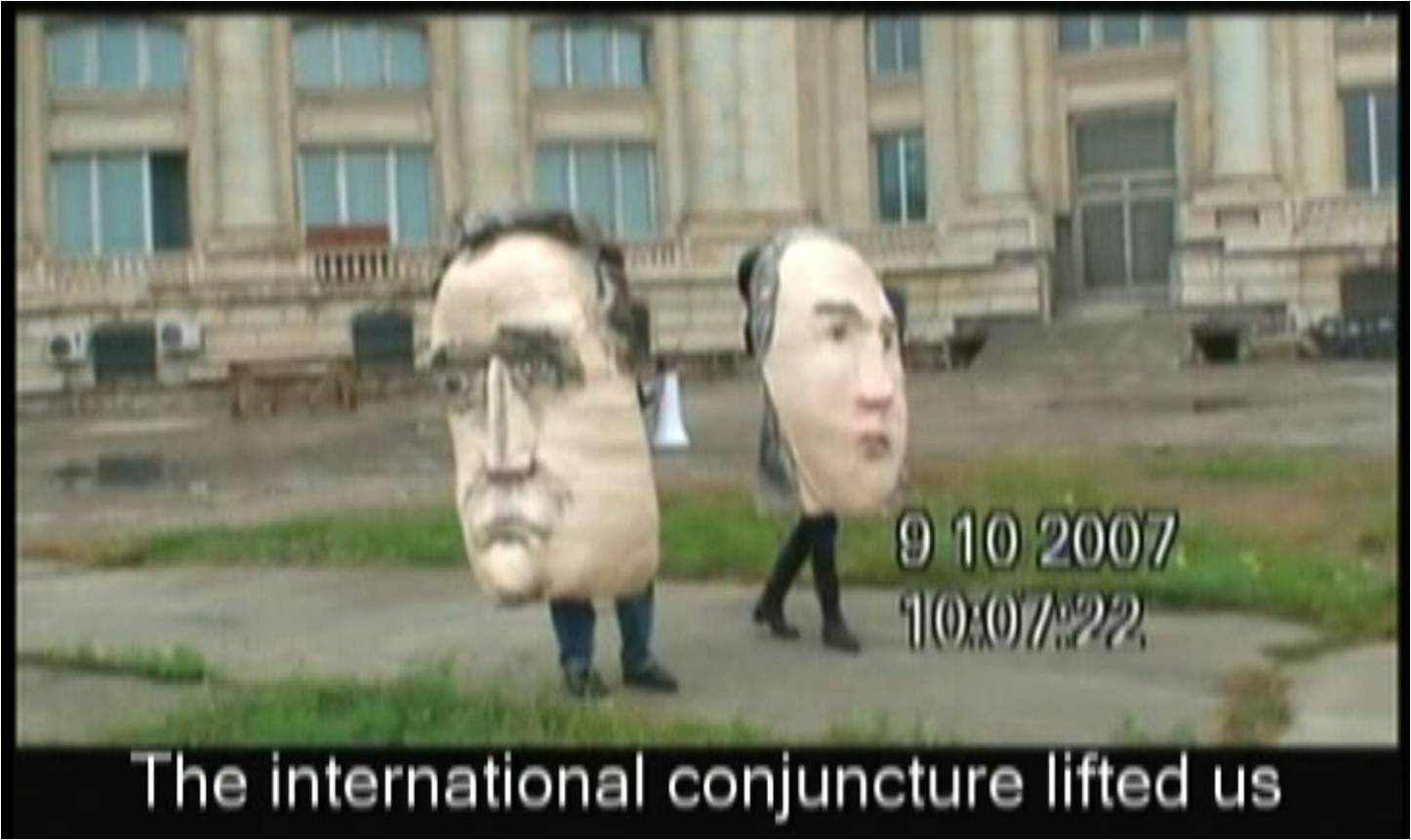Special Issue: Artistic Reenactments in East European Performance Art, 1960–present
The reenactment of artistic performances and actions has garnered much curatorial attention in recent years. Life, Once More: Forms of Reenactment in Contemporary Art, at Rotterdam’s Witte de With in 2005 was an exhibition that explored the reenactment of historical events, while Marina Abramović’s series of performances, Seven Easy Pieces, which took place that same year at the Museum of Modern Art, New York, involved Abramović reenacting artistic performances both by herself and other well-known and established performance artists, such as Joseph Beuys, VALIE EXPORT, Gina Pane, and Vito Acconci. Other, perhaps less well-known explorations of performance reenactment include: Czech … Read more








